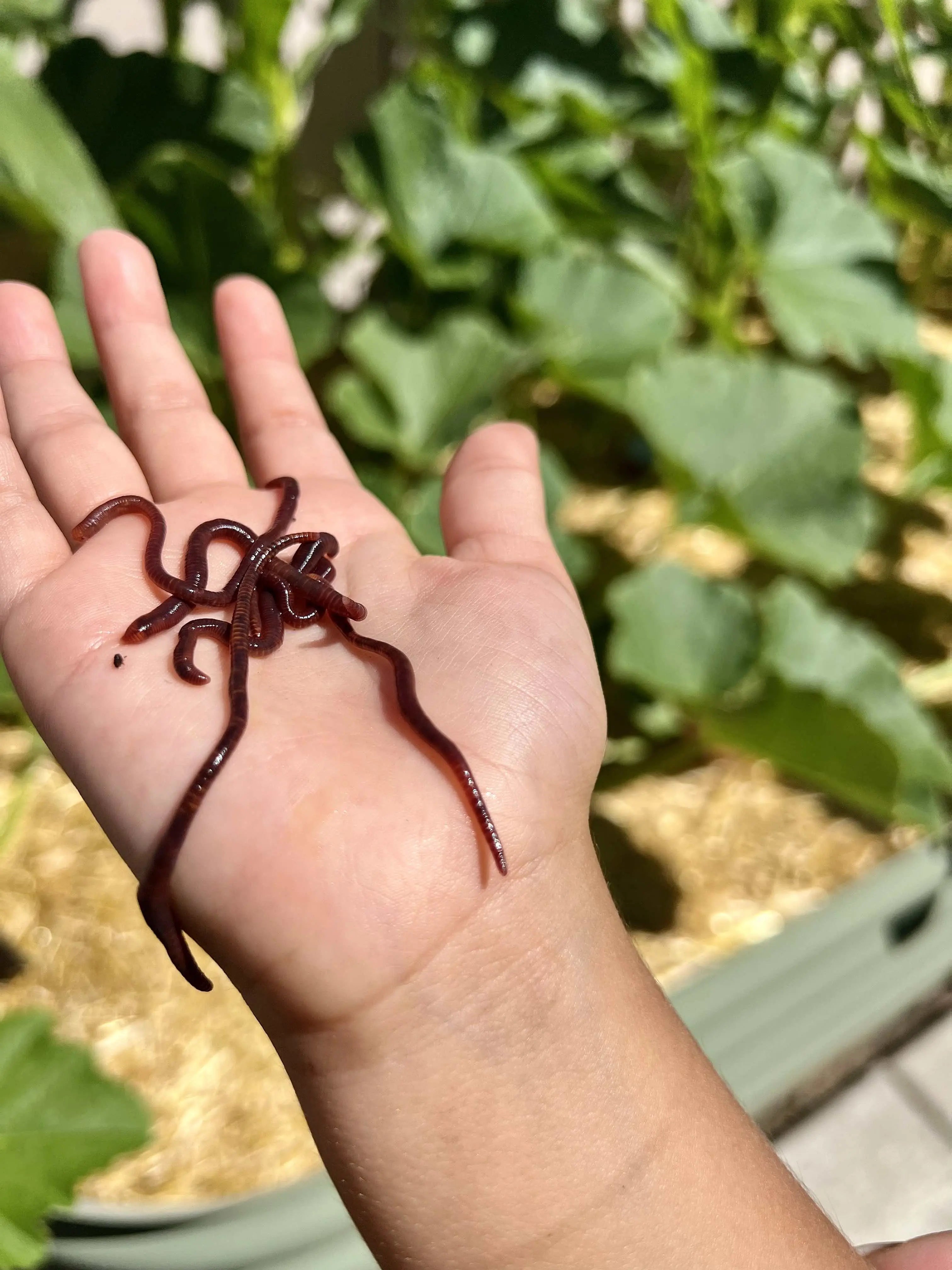Maximize Lawn Growth with Quality Products from Red Wiggler Express
Maximize Lawn Growth with Quality Products from Red Wiggler Express
Blog Article
Red Wigglers: The Unsung Heroes of Organic Waste Recycling
Red wigglers, or Eisenia fetida, offer as critical representatives in the natural waste reusing procedure, changing disposed of materials right into beneficial vermicompost. As the world progressively looks for solutions to fight waste accumulation and improve agricultural productivity, understanding the duty of these worms comes to be vital.
What Are Red Wigglers?
The impressive strength of red wigglers, scientifically called Eisenia fetida, underscores their crucial function in natural waste recycling. These tiny, reddish-brown earthworms are generally located in disintegrating organic matter, such as compost heaps and manure loads. Lake Hickory Bait. Unlike other earthworm types, red wigglers grow in nutrient-rich environments and are very effective at breaking down organic products, making them necessary for vermicomposting

(Red Wiggler Express)In enhancement to their role in waste reduction, red wigglers add to soil health by enhancing dirt structure and oygenation via their delving activities (Lake Hickory Bait). Their existence in composting systems not just enhances decomposition prices but also advertises a lasting method to waste management, highlighting their importance in eco-friendly conservation initiatives
Benefits of Composting With Worms
Composting with worms, particularly red wigglers, provides many benefits that enhance both waste monitoring and dirt health and wellness. These worms effectively break down natural waste, transforming it right into nutrient-rich vermicompost that enriches soil. This process speeds up disintegration, allowing for a faster recycling of kitchen area scraps and various other natural materials contrasted to traditional composting methods.
Additionally, the vermicompost generated by red wigglers is including beneficial bacteria, which aid improve dirt framework, oygenation, and moisture retention. This improves the general wellness of plants, promoting energetic growth and increased yields in gardens and farming settings. Moreover, making use of worms in composting lessens the manufacturing of greenhouse gases, such as methane, adding to a more lasting waste management system.

Just How to Begin Vermicomposting
Developing a vermicomposting system is a simple procedure that can produce significant advantages for both waste administration and dirt enrichment. To begin, pick an appropriate container, such as a plastic container or wooden box, with sufficient ventilation openings to guarantee correct airflow. The measurements should ideally be about 2 feet by 3 feet, enabling sufficient area for the worms to prosper.
Next, prepare bed linen product, which can consist of shredded newspaper, cardboard, or coconut coir. This bed linens should be dampened to create an appropriate habitat for the worms. As soon as the bed linens is in location, introduce red wigglers (Eisenia fetida) into the bin, generally around one pound of worms for each square foot of area.
Following the placement of worms, add natural waste, such as fruit and veggie scraps, coffee grounds, and crushed eggshells. Stay clear of including dairy products, meat, or oils, as these can develop odors and draw in insects. Ultimately, position the bin in a shaded, temperature-controlled location to keep ideal conditions for worm task. With these steps, you will effectively initiate a vermicomposting system that adds to sustainable waste administration and enriches your soil.
Keeping a Healthy Worm Container
(Red Wiggler Express)Maintaining a worm bin growing needs routine interest and treatment to make certain the health and wellness of the red wigglers and the performance of the composting procedure. Proper upkeep begins with keeping an eye on the moisture levels; the bin must perspire yet not saturated. A good guideline of thumb is to maintain an uniformity comparable to a wrung-out sponge.
Gently mixing the bedding and food scraps every couple of weeks stops compaction and ensures that all worms have accessibility to read this oxygen. Furthermore, it is essential to feed the worms properly.
If the bin ends up being as well warm or cool, the worms may become worried. By diligently handling these elements, one can maintain a robust and productive worm bin.
Influence on Lasting Living
The effective upkeep of a worm bin not just benefits the wellness of red wigglers yet also adds dramatically to sustainable living methods. By recycling organic waste, such as kitchen scraps and backyard debris, red wigglers assist divert considerable amounts of product from land fills. This reduction in waste not only lowers greenhouse gas emissions but additionally decreases the ecological problem related to waste administration.
Furthermore, the castings generated by red wigglers act as a nutrient-rich organic plant food, improving soil health and advertising plant growth. This all-natural alternative to chemical plant foods sustains lasting agriculture and horticulture practices, lowering reliance on synthetic inputs that can harm environments. Additionally, worm composting cultivates awareness of waste monitoring, urging individuals and areas to embrace even more sustainable routines.

Final Thought
In summary, red wigglers serve as important contributors to natural waste recycling via their efficient disintegration of organic products. By incorporating vermicomposting into waste management strategies, people and neighborhoods can considerably minimize waste while advertising ecological sustainability.
Report this page